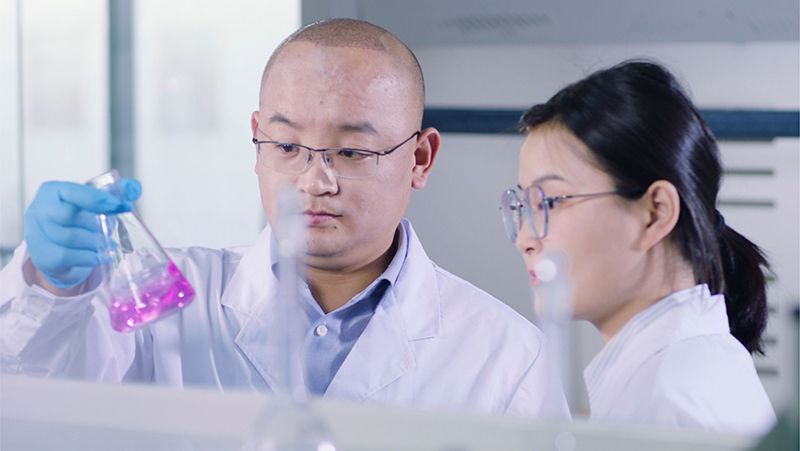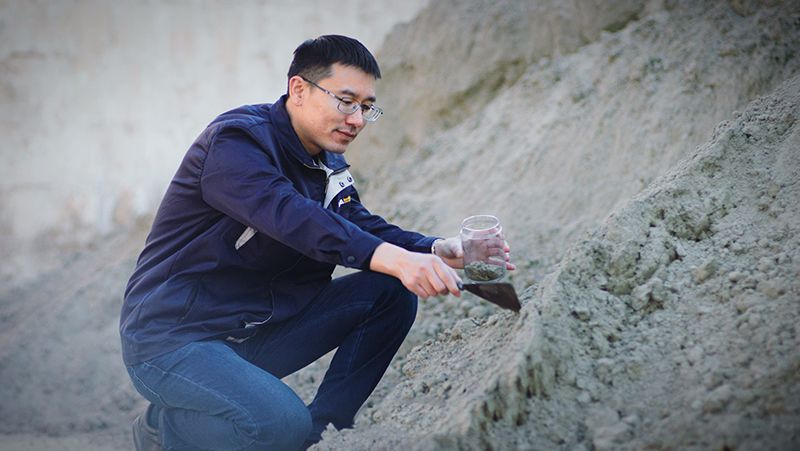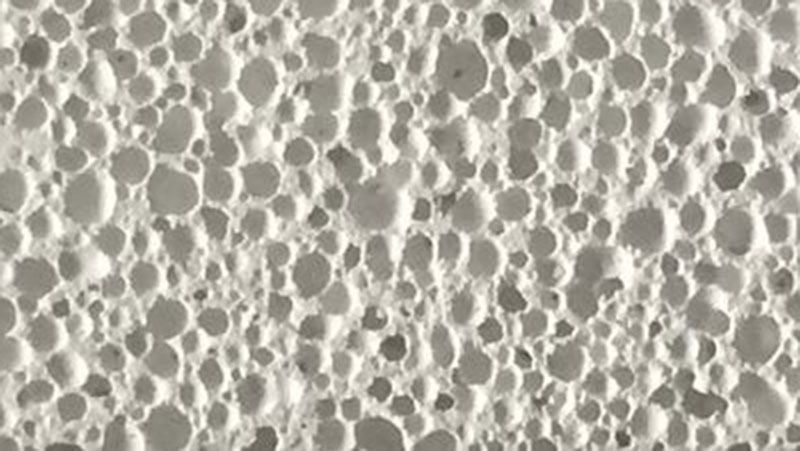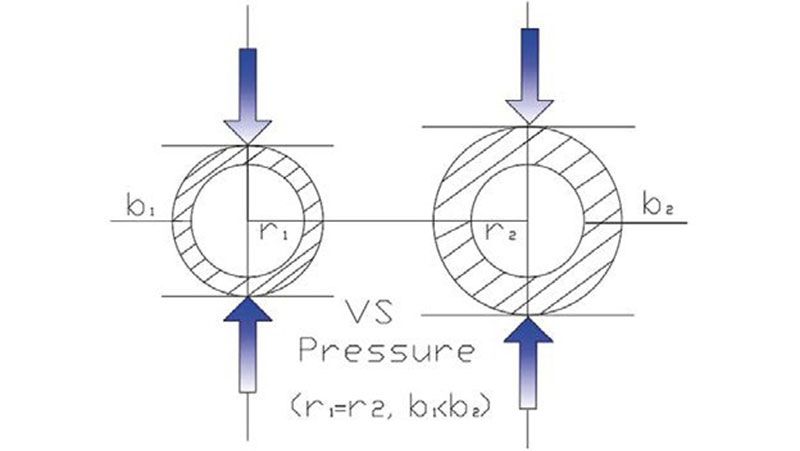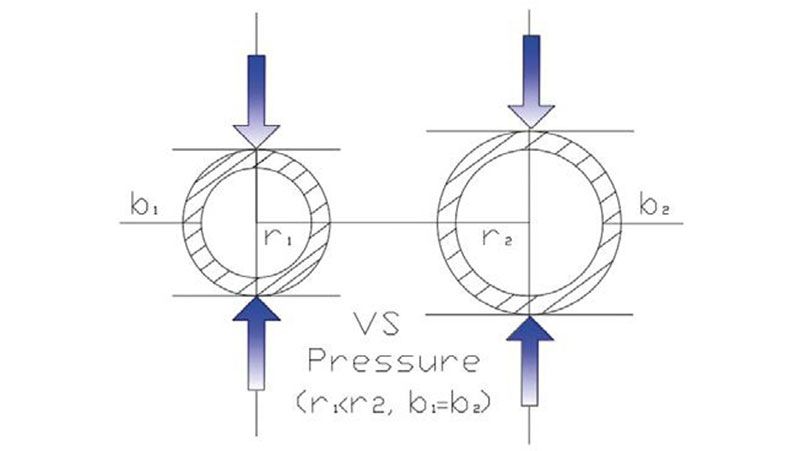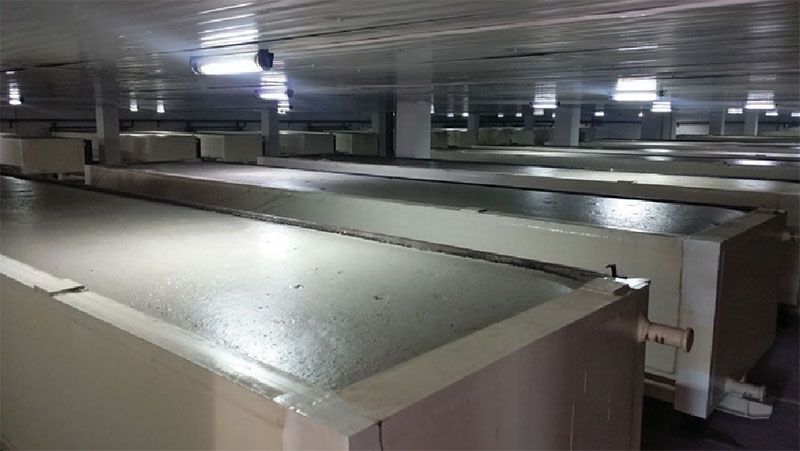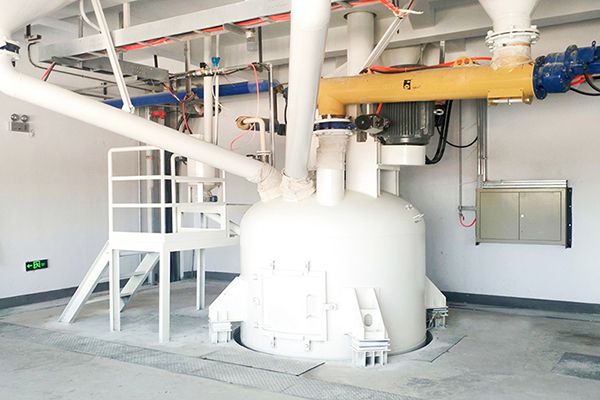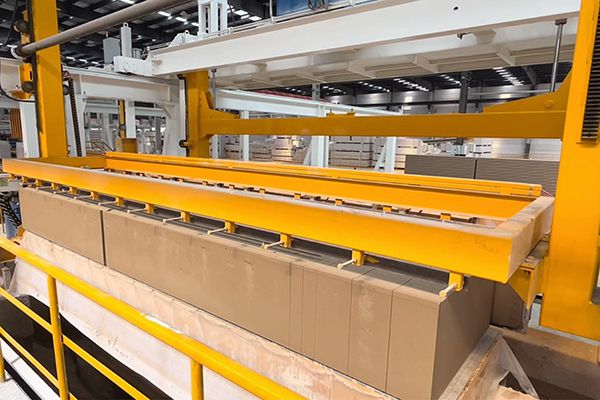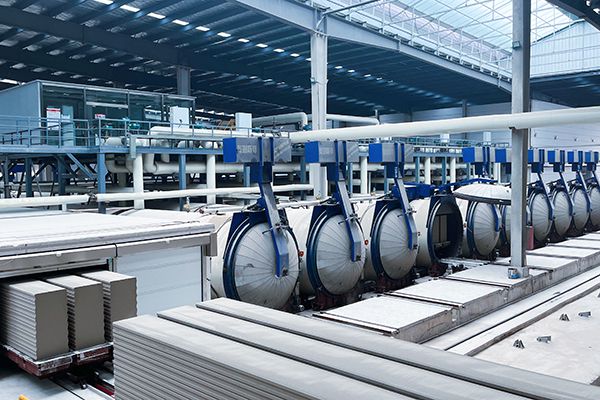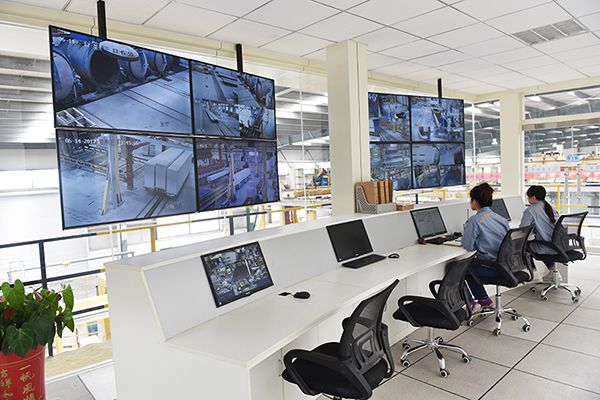The process experiment center is composed of chemical analysis room, instrument room and process room, and equipped with scanning electron microscope, X-ray diffractometer, laser particle sizer and many other instruments and equipment, which can carry out particle size analysis, spectral analysis, chemical analysis, phase analysis, micro morphology analysis, etc. Providing customers with a full range of comprehensive services, including raw material analysis, process experiment, on-site production, personnel training and life cycle service support.
In response to the requirement of green economic development, we do research and development on the utilization of solid wastes, such as fly ash, granite, incineration of domestic waste, porcelain clay, lead-zinc tailings, gold tailings, cocoon stone tailings and stone powder, etc. Through analysis and experimental research on process formula, a certain proportion of solid wastes can be used as siliceous materials.
- Influence of constant temperature time on properties of autoclaved aerated concrete and discussion on hydration mechanism
- Discussion on strength of autoclaved aerated concrete
- Study on preparation of B05 grade aerated concrete from ceramic waste
- Talking about the pore structure of autoclaved aerated concrete and its influencing factors
- The important role of calcium silicon ratio in autoclaved aerated concrete production
- Study on preparation of autoclaved aerated concrete block from ceramic waste
- Study on autoclaved aerated concrete in CaO-SiO2-H2O system
- Analysis of heat consumption and energy saving ways of autoclaved aerated concrete products
- Characteristics of pulverized coal boiler fly ash and circulating fluidized bed boiler fly ash and their influence on the properties of autoclaved aerated concrete
- Preparation of autoclaved bricks from waste aerated concrete
- Standard of sand siliceous materials for AAC and its requirements in enterprise production
- Utilization and research progress of solid waste in autoclaved aerated concrete
- Preparation of autoclaved aerated concrete panel from municipal solid waste incinerator slag
This paper presents a study on the geometric pore structure and the distribution of pores in AAC, based on an idealistic mathematical model. The aim is to provide information that is practically relevant for the optimization of AAC products.
Autoclaved aerated concrete is a porous concrete formed by chemical gas generation of aluminum powder. The geometric shape of the hole is a spheri- cal pore or a near-spherical pore, and the pores are closed independently.
The wall thickness of the matrix, i.e. the minimum distance between the edges of two neighbouring pores, as well as the pore size distribution have im- portant effects on the performance of AAC. When matrix performance and wall thickness are fixed, then an increase in the curvature of the pore sur- face, i.e. a decrease in the equivalent diameter of the pore, results in an increase in the relative pore compressive strength. When the equivalent diameter of the pore is fixed, then an increase in the wall thickness of the matrix results in an increase in the matrix compressive strength.
In accordance with its mission “Green Solution, Greener Life”, Keda Suremaker is permanently focusing on environmental protection and energy conservation issues. In order to investigate its practices to this effect, Keda Suremaker decided to analyze its heat consumption fıgures pertaining to AAC products to determine possible methods of heat loss reduction during the production process of AAC and correspondingly lower atmospheric carbon emission as much as possible.
The calculation of the autoclaved heat balance that this article addresses is based on data obtained from a Keda Suremaker AAC block production line with the following features:
Annual block production capacity: 300,000 m³; Mould size: 6 × 1.2 × 0.6 m; 4,32 m³
Autoclave specification Φ 2.68 × 38 m; Final product: B05 grade block;
Good quality product rate: 100 %.

